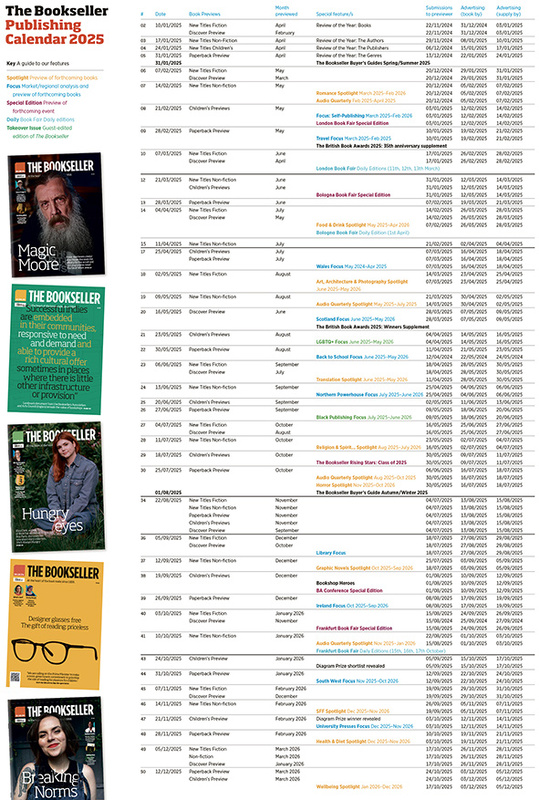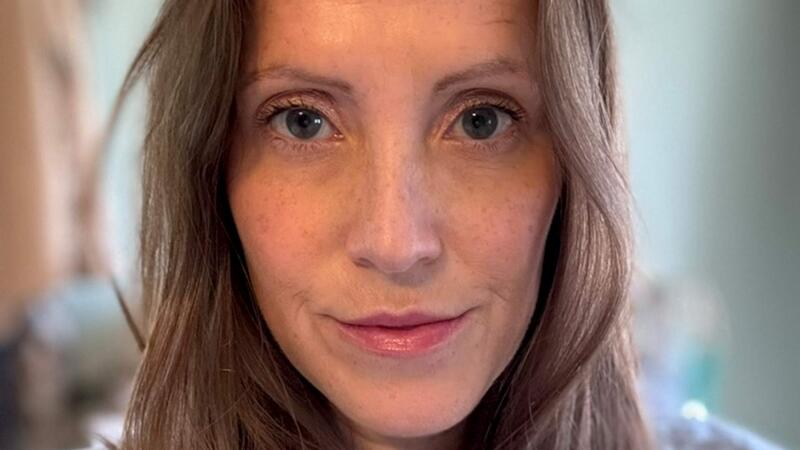You are viewing your 1 free article this month. Login to read more articles.
Meg Mason | 'I hope that you get the sense that it is everybody’s tragedy'
Meg Mason’s novel about mental illness and modern love provoked a powerful response when it was published in Australia
Back in January 2018, freelance journalist Mason began work on a new novel in the little shed in her back garden in Sydney.
She already had two books under her belt with HarperCollins Australia, a memoir of early motherhood—the brilliantly titled Say it Again in a Nice Voice—and her début novel You be Mother. Her editor was keenly waiting for the third. But by February that year, Mason says, she knew the novel wasn’t working.
“But being a journalist, caring about deadlines, knowing that books are hard to write and that you do have to push on a lot of the time, even when you know it’s not enjoyable; I just kept going thinking it would come right.” She ploughed on, and by the time she sent the manuscript to her editor, hitting her deadline but including a note saying she didn’t think it was publishable, she could hardly bear to re-read it. “You know when you hate something down to the actual font?” she says now, over the phone from Sydney. “That’s what I felt about that book.”
By her own account, she then spent a couple of months “morosely weeping” over a career she thought was over. But then she started again—working around her day job writing features for Vogue and Elle—writing just for herself with no expectations: “For a long time it was just called— you know when you name a document and it’s just a bunch of random keys, dfgf.doc.”
I hope that you get the sense that it is everybody’s tragedy, even if one person is experiencing it from the inside.
Out of the pain of that failed novel has come a brilliant one. Sorrow & Bliss is narrated by Martha, who begins her story in the aftermath of her collapsed marriage to Patrick as she is compelled to return to her childhood home in Goldhawk Road, west London, to live once again with her bohemian and very dysfunctional parents. Martha seems to find life harder than everyone else, she has no friends beyond loyal sister Ingrid, and Patrick, who has now left, and she has struggled to find fulfilling work. Every so often she is subsumed by a debilitating, crushing depression. Now, aged 40, she begins to consider exactly why that might be, looping back to tell her life story.
This may sound as though Sorrow & Bliss, acquired by W&N in a five-way auction, is a gruelling read, but the opposite is true. Martha’s voice is extraordinary; fiercely funny, acerbic, sharp and quietly devastating as she recounts the story of her marriage, which failed even though Patrick loved her very much. Deep down, Martha believes there is something wrong with her; at 17 she experienced a sudden breakdown. The many doctors and therapists she has seen over the years have done nothing to dispel her secret belief that she may be permanently broken. But, as Mason points out: “Martha’s an unreliable narrator because she’s not telling you what she’s really like, but she must more attractive than she makes out, if there are people in her life who haven’t given up on her.”
Mason describes the novel as: “A love story that starts with the marriage rather than the meeting—which for me is the more interesting part.” It’s also a coming-of-age novel “about not coming of age until you’re 41. We always think of coming of age is being 18 or 21, but I don’t see anyone coming of age at that point. It’s a lifelong project.”
Everybody’s tragedy
At its heart Sorrow & Bliss is a novel about the impact of mental illness on one woman’s life and on those around her, and I’ve never read anything quite like it before. Mason explains that she was particularly interested in exploring the ripple effect of mental illness outward, into the family. Society is more open about mental illness now, she thinks, “but at the same time within families, even if it’s not stigmatised, for the sufferer it determines their entire reputation [within] the family. Martha feels like she’s the difficult one.” By the end of the novel, Mason says: “I hope that you get the sense that it is everybody’s tragedy, even if one person is experiencing it from the inside.”
Martha receives an actual diagnosis about two-thirds of the way through the novel, but Mason made the creative decision not to name it. It is redacted within the novel and she tells me that early readers believed this was a mistake in the proofs, and that the name of the illness would go in later. She explains that she originally had a particular condition in mind, but didn’t want Sorrow & Bliss to forever be described as a novel “about” that condition.
Equally, she worried about representing a specific illness properly, “something that’s someone’s real, everyday, genuine lifelong struggle, and there’s me just dabbling in it for fiction—that just felt really wrong”. She also felt a “huge” responsibility not to write about Martha’s condition in a way that might affect vulnerable people. “Martha does irresponsible things around medication and treatment. She speaks about doctors in a particular way, but she also speaks about herself in a particular way, about how there is something wrong with her but she needed to be free to do that, because it’s her book and she’s talking.”
Women and mental health
Also, Mason admits, there was “definitely some self-protection in there, I didn’t want to be asked for the rest of my life if I had that condition.” Her understanding and representation of Martha’s illness reads as completely authentic, and I wonder how she researched it: “I think that I have as much exposure as everybody does. I always think, when I hear that statistic of one in four people suffering from mental illness in their lifetime, that sounds too low based on my experience of family and friends. I think it’s so prevalent.” Writing Sorrow & Bliss involved “bringing together everything that I’ve ever seen, felt, heard and read.” She also mentions the influence of writers who have written about women’s mental health—Sylvia Plath, Virginia Woolf and particularly Janet Frame, a fellow New Zealander, whose experimental novel Owls Do Cry made a deep impression on Mason when she first read it at university.
The London setting of Sorrow & Bliss is integral to the novel, and it’s where Mason herself lived in her early twenties. She was born in New Zealand and moved to Australia aged 16. Straight after graduating from the University of Sydney, she got married and moved to London, where she stayed for five years, writing for the FT and the Times.
Sorrow & Bliss was published in Australia in September last year and has provoked a powerful response from readers. Mason, who has been chirpy and bright on the call so far, sounds slightly overwhelmed when she talks about the emails she has received from readers who care for someone “in a similar position to Martha”, telling Mason it has changed the way they think about their wife, or daughter or son. “That’s just incredible to me... You don’t really think that something you write, just hoping it will entertain readers, will have an impact beyond that.”
Book extract
In the car on the way home from the last party Patrick and I went to, I said, “When you do that pointing thing it makes me want to shoot you with an actual gun.” My voice was dry and mean and I hated it—and Patrick when he said “great, thanks”, with no emotion at all.
“I don’t mean in the face. More like a warning shot in the knee or somewhere that you could still go to work.”
He said “good to know” and put our address into Google Maps.
We had lived in the same house in Oxford for seven years.
I pointed that out. He didn’t say anything and I looked across at him in the driver’s seat, waiting calmly for a break in the traffic.
“Now you’re doing the jaw thing.”
“I know what, Martha. How about we don’t talk until we get home.” He took his phone out of the bracket and closed it silently into the glovebox.
I said something else, then leaned forward and put the heater on to its highest setting. As soon as the car became stifling, I turned it off and lowered my window all the way. It was crusted with ice and made a scraping noise as it went down.
It used to be a joke between us, that in everything I swing between extremes and he lives his entire life on the middle setting. Before I got out, I said, “That orange light is still on.”
Patrick told me he was planning to get oil the next day, turned off the car and went into the house without waiting for me.











